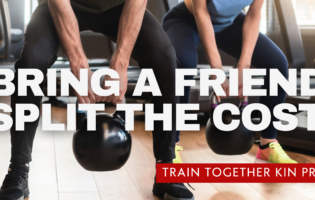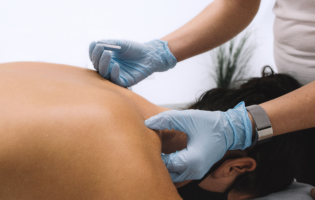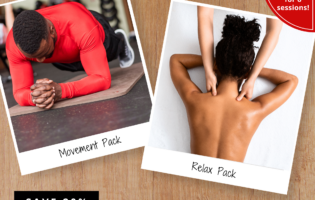Total Therapy Blog
Spring Run Training

Spring is finally here. Across the region, thousands of people are dusting off their shoes and hitting the pavement. Jogging is a great form of exercise and with spring’s longer days and milder weather, it feels good to get outside. However, if your main form of winter activity was going from car to couch, there are a few things you should keep in mind before you lace up your runners.
The most common types of running injuries are patellofemoral pain (runner’s knee), shin splints, iliotibial band syndrome (IT band), and plantar fasciitis. Shortened, weak muscles; poor technique or biomechanics; and inadequate conditioning can all lead to these types of injuries. People just starting up a program, or picking back up after a long absence are particularly vulnerable to injury because of deconditioning and weakness. What’s worse – those starting back up again after a long absence often try to go too far, too quickly.
We’re not saying stop running – we’re saying “run smarter” by following a few simple rules:
1. Easy does it.
If you’re just getting back into it, start slow and think small. Increase your mileage by no more than 10% per week. Consider a walk/run program as a good way to get into running gradually (the Vancouver Sun Run’s template is a good example.
2. Cross-train.
 Complement your jogging routine with a cross-training activity like swimming or cycling. Cross-training changes the type of stress placed on your body, forcing you to use your muscles differently. This will help you to avoid muscle imbalances associated with performing only one type of activity. Also, consider addressing your weaknesses with a specific strengthening or stretching program outside of running.
Complement your jogging routine with a cross-training activity like swimming or cycling. Cross-training changes the type of stress placed on your body, forcing you to use your muscles differently. This will help you to avoid muscle imbalances associated with performing only one type of activity. Also, consider addressing your weaknesses with a specific strengthening or stretching program outside of running.
3. Get help.
If you’re experiencing problems, don’t ignore them. Pain during a run, pain around a joint, or swelling/redness after a run can be signs of a serious underlying issue. Get help – a physiotherapist or kinesiologist can help you identify and treat the underlying cause before it becomes a major issue.
Extra tips:
Here are six general strengthening exercises you can do at home to help reduce your risk of injury *please note, these exercises are not suitable for everyone. Speak with your healthcare practitioner before starting a new program:
1. Clamshells.
- Lie on your side with your hips bent, and your knees bent just past 90°
- Tighten your core
- Hinging at the hip, lift the top knee up. Keep your feet together. You should feel this in your glutes.
- Repeat 10-15x, 3 sets each side
Helpful hint: try this exercise with your back against a wall, and your feet just touching the wall. Focus on using your glutes, and not letting your hips rock backwards.
2. Lunges.
- Stand tall with your feet hip width apart. Tighten your core and squeeze your shoulders together and down.
- Step into a lunge, focusing on balance and control.
- Squeezing the quads and glutes, return back to start.
- Repeat 10-15x, 3 sets
Helpful hint: focus on your positioning. From a front view, the knee, hip, and ankle should stay in line with one another – no “knock-knees”. From a side view, your back should not round or arch, and your front knee should not go past your toes.
3. Core
 I. Stability Crunch
I. Stability Crunch
- Lie on your back with your hands underneath your low back. Have one leg bent and one leg straight
- Tighten your core
- Lift the chest just barely up off the ground. Do not let the head poke forward, and do not flatten the back.
- Hold for 5-8s, repeat 3x
Helpful hint: monitor the pressure on your hands. When you lift the chest up, the pressure of your back on your hands should not change (no increase or decrease).

II. Side-bridge
- Side-lying with elbow under your shoulder and knees bent, activate core and glutes
- Bring torso up and forward, hinging at the hips. Your body should be straight from head to knees.
- Hold for 5-8s, repeat 3x
Helpful hint: watch your trunk alignment and avoid twisting/sagging through your spine. Try doing the exercise in front of a mirror – you should be able to draw a straight line from your nose to your knees down the middle of your body.
 III. Bird-dog
III. Bird-dog
- On your hands and knees, brace your core
- Keeping the back stable (no bending/twisting), extend out a leg until the toe is just off the ground
- Hold for 5-8s, repeat 3x
Helpful hint: to avoid shifting your hips, line your shoulder and hip up against a wall. As you extend a leg back, you shouldn’t be pulling away or pushing into the wall with your hip. You can also try doing the exercise with an inflated beach ball on the small of your back to check that you’re not twisting or shifting.








Follow Us!
& Stay Up To Date
BLOG